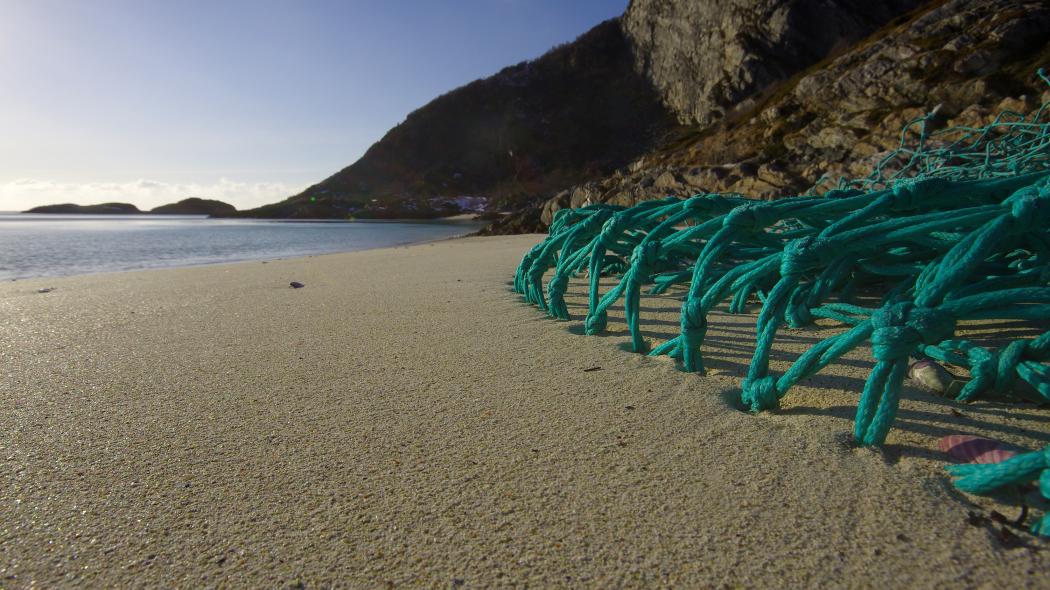“There is no away – because plastic is so permanent and so indestructible.
When you cast it into the ocean, there is no away”
Sir David Attenborough
Plastics are almost in everything that we touch in our day to day lives. From our breakfast juice packaging to our cars, the human population has become incredibly reliant on this synthetic material. As countries become more economically developed, the amount of waste we produce becomes an ever more pressing issue.
Plastic in all its forms can have a huge detrimental impact on the environment, and some of its effects are only just being realised. The enormity of waste in the environment seems like it cannot be controlled due to the durability of the plastic (many are non-biodegradable) and it spreading with ocean eddies and currents forming the plastic into ‘islands’. This process of human waste entering into the ecosystem so forcefully and with little knowledge of the outcome could be very costly.
One of the major concerns with the effect that plastic will have on humans will be through micro-plastics entering the food chain. When this occurs, there is a risk that the micro-plastics will degrade, passing on toxic chemicals into humans or other animals, which could increase the risk of cancer, or in some cases lead to infertility. Plastic microbeads are found in countless beauty products and legislation in the UK will ban their use by the end of this year. Microbeads can be ingested by marine wildlife and this can be detrimental to the ecology in the sea – a microbead can be up to a million times more toxic than the sea surrounding it.
Scientists from Belgium at Ghent University estimated that seafood lovers may be eating up to 11,000 tiny pieces of plastic every year. This will multiply in the coming years as the plastic waste increases; seafood eaters in 2050 could ingest a potential 780,000 pieces of plastic. This raises the probability of plastic becoming lodged into digestive systems in humans, making seafood unsafe to eat. A further study by the Ellen MacArthur foundation estimated that the volume of plastic in the sea would outweigh the fish.
Scientific studies have also been carried out into the contents of the sea creatures and the amount of plastic found there is startling. Over 90% of all seabirds were found with some form of plastic in their mouth by the Australian Commonwealth scientific and Industrial research organisation. This study realised that the edge of seabird distributions, i.e., south Australia, south Africa and south America, overlapped with edges of ocean gyres so where plastic would naturally build up, causing a high number of plastic eating birds in these regions. Plastic abandoned nets can also trap fish and mammals in the sea which can either leave scars or can suffocate them. Due to the durability of plastic nets, they can cause harm to many pelagic animals – it was estimated in a study by Moore and Jennings that over 7000km of drift nets are lost every year causing ghost nets for wildlife to get trapped in.
Plastic can be carried easily by the ocean, so can lead to large islands forming in the north of the Pacific. This plastic reaches from Japan to the west of Northern America and is called the Great Pacific Garbage patch. Although this patch is the most notable, both the Atlantic and Indian oceans contain expanses of plastic; many smaller seas are also feeling the extent of plastic waste across the world.
The North Pacific subtropical convergence zone allows a vortex to form which can then trap plastic in it, sometimes for many years. The Pacific gyres means that fishing within these garbage patches is poor and there is a lack of animals in this area too. 70% of the marine debris that is found in this patch can also sink to the floor of the ocean, which interrupts more ecosystems and therefore more fishing industries.
Plastic can also affect food chains within the sea. If enough plastic and microbeads build up then it can block access from the sun to key providers of the food chain such as algae or plankton. Therefore lack of sunlight, or the leaching of chemicals from plastic waste leads to less food for animals higher up the food chain with apex predators suffering as a result.
Due to plastics durability, malleability, and low cost, they are being used more and more in industrial production, so the amount of waste in the future could grow exponentially. The way plastic interacts with ocean ecology means that it is creating an environment that is steadily becoming more harmful and toxic, not just for its inhabitants, but also for people who rely on the sea for food and income.
Kira Knowles
(Image courtesy of Bo Eide)

